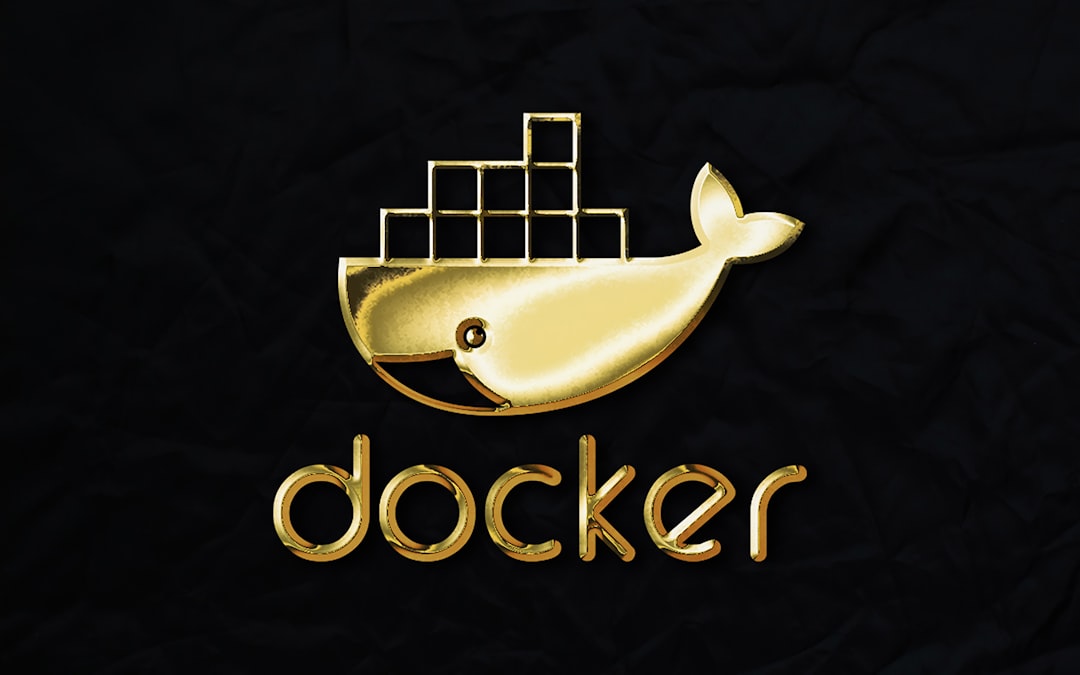
Docker Environment Management for Downstream Hypervisor Integration
In today’s tech landscape, efficient environment management is crucial for ensuring seamless integration between Docker containers and downstream hypervisors. As organizations strive to adopt containerization, understanding how to manage Docker environments effectively becomes essential, especially when integrating with hypervisor technologies such as VMware, KVM, or Hyper-V.
Understanding Docker and Hypervisors
Docker is a platform that simplifies the process of deploying applications in containers, providing isolation and portability. On the other hand, hypervisors are technologies that allow multiple operating systems to run on a single physical machine. The integration of Docker with downstream hypervisors can lead to enhanced resource management, improved scalability, and streamlined deployment processes.
Benefits of Docker Environment Management for Hypervisor Integration
1. Consistency Across Environments
Docker allows developers to create consistent environments that can be easily replicated. This consistency is vital when deploying applications on hypervisors, ensuring that the same Docker image runs regardless of the underlying infrastructure.
2. Resource Optimization
By integrating Docker with hypervisors, organizations can optimize resource allocation. Containers are lightweight and can run alongside virtual machines (VMs), enabling better utilization of hardware resources. This leads to cost savings and improved performance.
3. Enhanced Scalability
The combination of Docker and hypervisor technologies provides the flexibility to scale applications dynamically. As demand increases, organizations can deploy additional containers or VMs without significant overhead.
Managing Docker Environments for Hypervisor Integration
Setting Up Docker for Hypervisor Integration
To integrate Docker with a downstream hypervisor, follow these steps:
-
Install Docker: Ensure Docker is installed on your hypervisor using the command:
sudo apt-get install docker.io -
Create Docker Images: Build Docker images that encapsulate your application and its dependencies. Use a
Dockerfileto define the environment. -
Use Docker Compose: For complex applications, Docker Compose allows you to manage multi-container applications. Create a
docker-compose.ymlfile to define your services. -
Connect to Hypervisor: Configure your hypervisor to recognize Docker containers as VMs, enabling integration. This may involve setting network configurations and resource limits.
Best Practices for Environment Management
-
Version Control: Use GitHub to maintain version control for your Dockerfiles and configurations. This practice enhances collaboration and rollback options.
-
Automate Deployments: Utilize CI/CD tools like Jenkins or GitLab CI to automate the deployment of Docker containers to hypervisors. This speeds up the development lifecycle.
-
Monitoring and Logging: Implement monitoring solutions such as Prometheus or ELK stack to keep track of container performance and logs. This helps in troubleshooting and optimizing resource usage.
Current Trends in Docker and Hypervisor Integration
Container-Orchestration Technologies
Emerging container orchestration tools like Kubernetes are becoming integral for managing Docker containers in hypervisor environments. Kubernetes automates deployment, scaling, and operations of application containers, allowing for efficient handling of resources across multiple VMs.
Hybrid Cloud Deployments
Organizations are increasingly adopting hybrid cloud strategies that leverage both on-premise hypervisors and public cloud services. Docker facilitates this integration by providing a consistent deployment model across different environments.
Security Enhancements
With the rise of containerization, security has become a paramount concern. Tools like Aqua Security and Sysdig are now available to enhance the security posture of Docker environments, ensuring safe interactions with hypervisors.
Conclusion
Effective Docker environment management for downstream hypervisor integration is key to unlocking the full potential of your applications. By leveraging the benefits of containerization, organizations can achieve consistency, optimize resources, and scale applications seamlessly. As you explore this dynamic landscape, consider adopting best practices and current trends to stay ahead of the curve.
Further Reading and Resources
As you embark on your journey with Docker and hypervisor integration, consider subscribing to newsletters or joining forums to stay updated on best practices and emerging trends. Share this article with your colleagues to foster discussions on optimizing your Docker environments!
Glossary of Terms
- Docker: A platform for developing, shipping, and running applications in containers.
- Hypervisor: A technology that enables multiple operating systems to run on a single hardware platform.
- Container: A lightweight, standalone executable package that includes everything needed to run a piece of software.
- CI/CD: Continuous Integration/Continuous Deployment, a method to automate software development processes.
Stay informed and explore the wealth of resources available to enhance your Docker and hypervisor integration skills!


